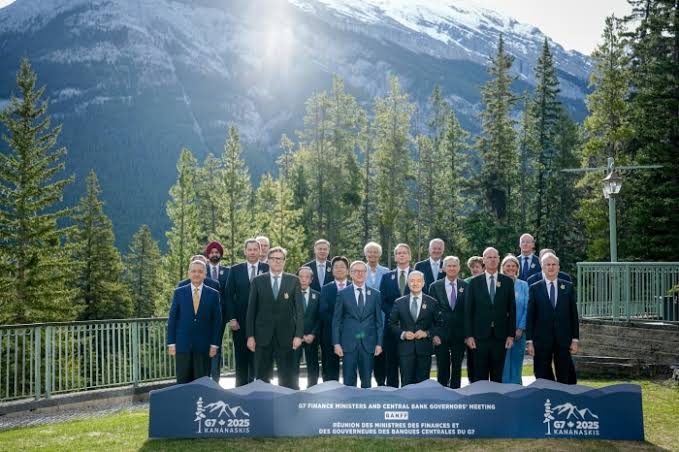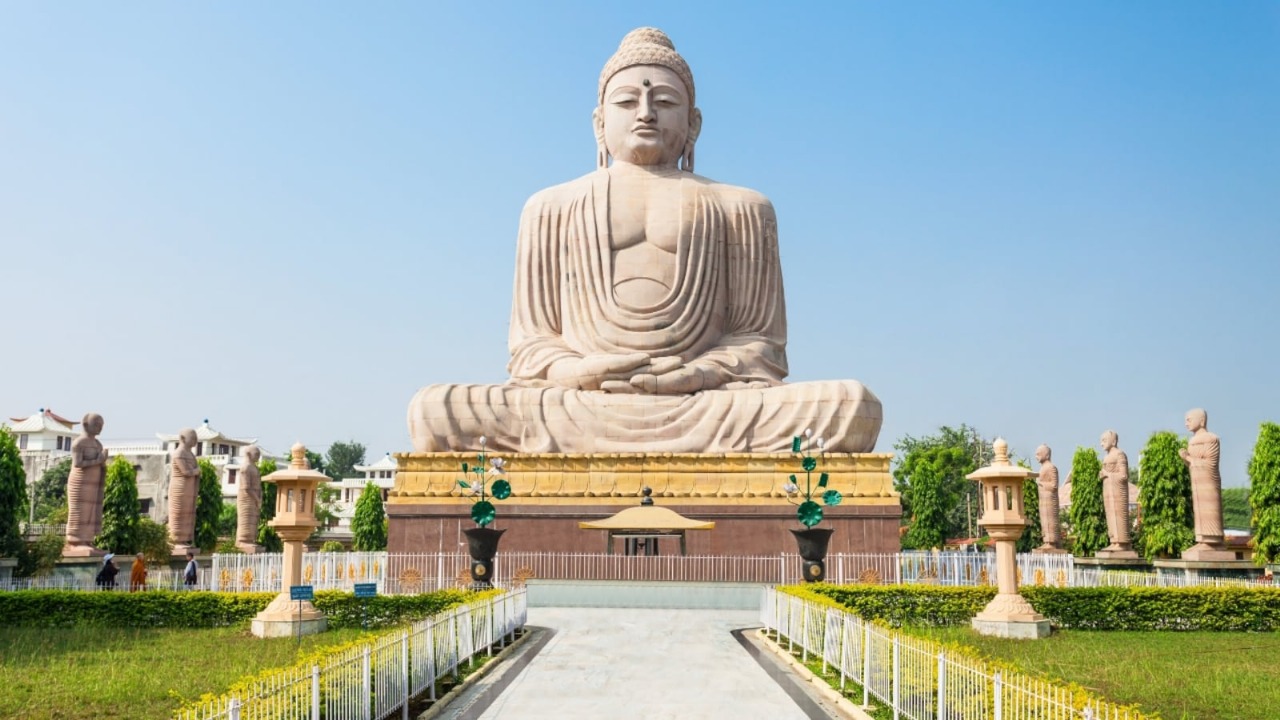 Image Source: WSJ
Image Source: WSJ
While the 51st G7 Summit in Kananaskis, Alberta, is in progress, world leaders are navigating a minefield of trade tensions, security crises, and shifting alliances—making it one of the most significant summits in recent history.
Key Highlights
-
Tariffs and Trade Wars Take Center Stage: U.S. President Donald Trump's bellicose tariff policies are at center stage. His government has imposed blanket tariffs on steel, aluminum, and cars on more than 30 countries—close friends such as Canada, Japan, and Mexico. While some tariffs have been suspended, the majority remain in force, and there is anxiety about global economic stability and the future of free trade.
-
No Joint Communique: To avoid public squabbles, Canada has eliminated the traditional joint G7 communique. Instead, six short statements will be released, which will mirror the wide divergences on trade, foreign policy, and global governance.
-
Middle East Crisis Tops Agenda: The most recent showdown between Israel and Iran, including Israeli strikes on Iranian nuclear sites, has topped the agenda of the summit. The leaders are struggling to come to an agreement on how to prevent a wider regional war without being able to balance backing for Israel and calls for diplomacy.
-
Ukraine and Russia Sanctions: Ukrainian President Volodymyr Zelenskyy is demanding further sanctions and further reconstruction support. Trump, however, is opposed to increasing U.S. involvement, which is putting pressure on European leaders who are seeking a more aggressive approach to Russia.
-
Critical Minerals and AI: Canada's PM Mark Carney is looking for agreements on securing critical mineral supply chains and driving digital change, including regulation of AI and quantum technology. These are essential to economic security and de-risking reliance on China.
Climate action, fire response, and health infrastructure are also on the agenda, but pushed to the backburner by nearby geopolitical crises.
World Leaders and High-Profile Absences: Australia, Brazil, Mexico, South Africa, and Ukraine are accounted for by leaders, but India's absence—after tense relations with Canada—is a high-profile diplomatic snub.
What to Watch
-
Trump's bilateral discussions with Canada and Japan, emphasis on trade pacts and tariff relief.
-
Chair summaries rather than a consensus communique, implying ongoing divergences.
-
Potential announcements on AI regulation, critical minerals, and supply chain resilience.
-
Reactions to the Middle East conflict and the current war in Ukraine.
The outcome of the summit will decide not just trade and tariffs, but the nature of global coalitions in the face of an uncertain world.
Source: Economic Times, Indian Express, Dawn, Adda247, CSIS, PMO Canada
Advertisement
Advertisement




